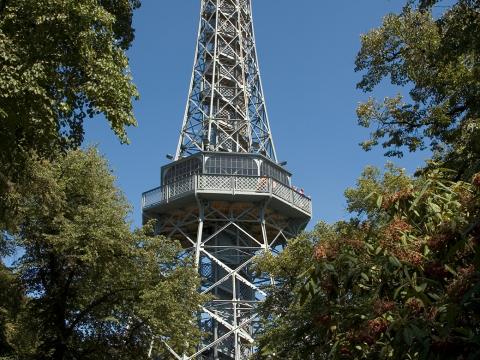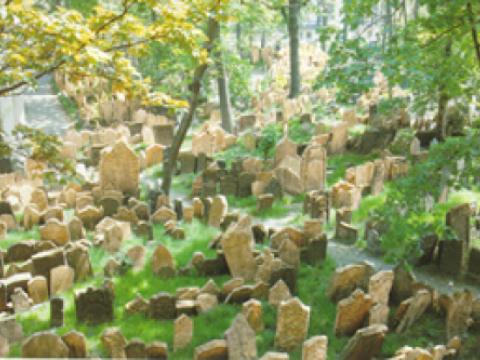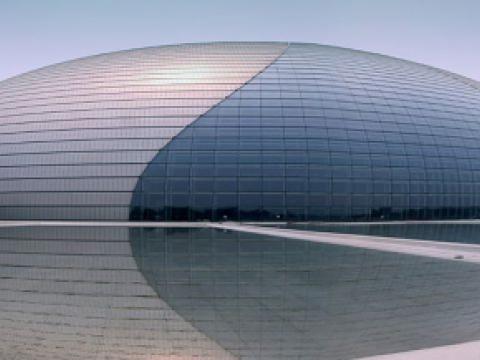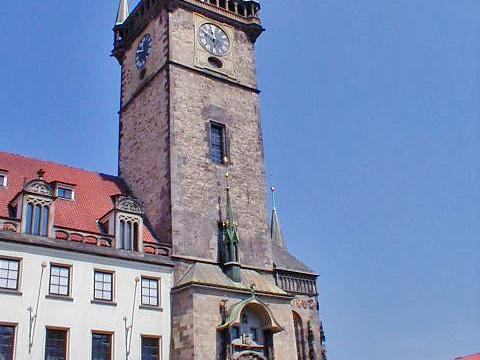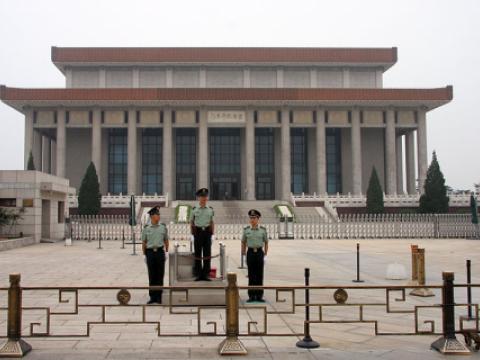Location
The world famous landmark of Sydney, the Sydney Opera House is a multi-venue performing arts centre. Though its name suggests a single venue, the project comprises multiple performance venues which together are among the busiest performing arts centers in the world. The venues produce and present a wide range of in-house productions and accommodate numerous performing arts companies, including four key resident companies: Opera Australia, The Australian Ballet, the Sydney Theatre Company and the Sydney Symphony Orchestra.
It was designed by Jørn Utzon who had won seven of the 18 competitions he had entered but had never seen any of his designs built before the Sydney Opera House competition. Utzon's submitted concept for the Sydney Opera House was almost universally admired and considered groundbreaking. There is a separate part in the Opera House dedicated to his work. The facility was formally opened on 20 October 1973
Besides the performances, the building offers a beautiful view on the surroundings and a magnificent way of spending your day.
Circular Quay is a five to seven minute walk from the Sydney Opera House. You can catch buses, trains and ferries to Circular Quay. There is a complimentary Shuttle Bus designed for elderly and less mobile customers. Seating is limited and available on a first come, first served basis. The bus runs between Circular Quay near Stand E (under the Cahill Expressway) and the Vehicle Concourse. There are busses organized before and after each event at the Sydney Opera House.
Tickets` costs depend on the type of event running. Visiting the building is free.







